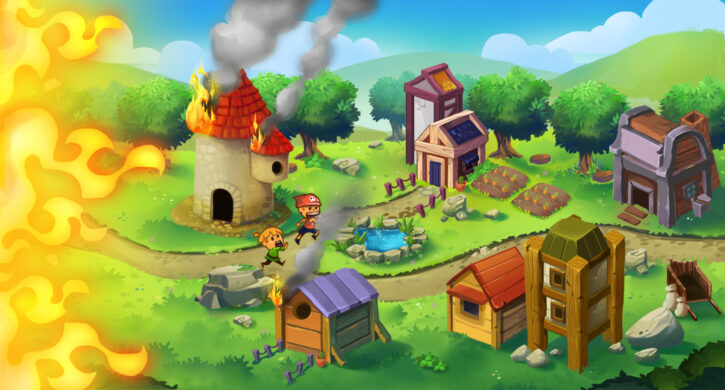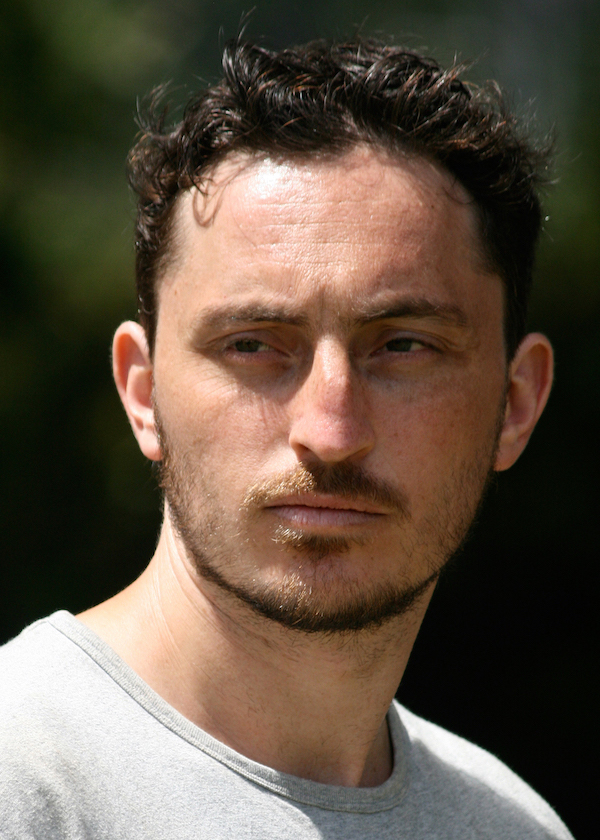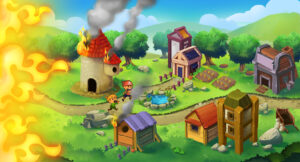Welcome to Expert’s Corner, our interview series with makers, thinkers, and entrepreneurs in the core industries we serve: e-commerce, mobile gaming marketing, and publishing. This is where you’ll find insights, opinions, and inspiration relevant to your industry and the business world at large.
In this Corner: Daniel Cohn, an indie game developer and visual effects artist based in Australia. Cohn’s studio, ConneD Games, is behind the endless runner game Speed Builder, which placed third in Pocket Gamer’s 2021 Big Indie Pitch.
What makes ConneD Games different than other indie studios?
As a one-man outfit, this studio is about my particular vision and peculiar take on games. The focus is purely on games that I personally find interesting and fun. I do try to innovate and marry genres, and my goal is to create games that are compelling, challenging, and entertaining, giving the player a meaningful, rewarding experience.
Take us through the start of your creative process. How do you generate and develop your ideas?
An idea can come from anywhere. Usually it’s a small thought that comes out of nowhere of “wouldn’t this be cool?” and then once I start to see some sort of vision in my head, I sit down and just write. I write everything. Images, story ideas, mechanics ideas — I’ll mock up some simple art. I do that until I start to get a sense of the game, and the next step is putting a prototype together.
I’ll come up with a simple prototype concept and write out a GDD [game design document]. Then I’ll hire a programmer/developer for a short project and create all the art assets myself. Once I have the prototype, I test it out to get feedback and refine it accordingly.
Where does player feedback fit in the game development process?
Before the days of Covid, I would regularly take my games to game developer meetups and get them into as many hands as I could. I find that the in-person experience is invaluable because you immediately get a sense of what is working or not based on the player reactions.
For me, feedback is very important as I use it to continuously refine my prototypes. In addition, it also serves as a great indicator for when things are working so you know you’ve nailed the thing you were after. Once I have enough positive feedback, I know it’s time to take the project to the next level.
How do you know when a game is done and ready for the world, or your target audience, to discover?
When player feedback gets to a stage when you’re hitting enough positives — I can’t really specify this, I just get a sense that enough people are getting the game — then I know I’ve got the core game working. Then it’s a question of setting out polish tasks and completing them.
How do you define and measure success as an indie label?
The short answer is I define success by giving me the opportunity to work on the next game. This could be financial of course, but also in terms of interest, connections, and skill.
Even games that don’t end up making you rich still serve a very important purpose in that they lead to a stepping stone to the next project, which is bigger and more ambitious but one you can confidently take on now because you’ve been through the process, upped your game, and have some great connections and potential partners.
Test your game ideas and designs with PickFu. Sign up for free.




